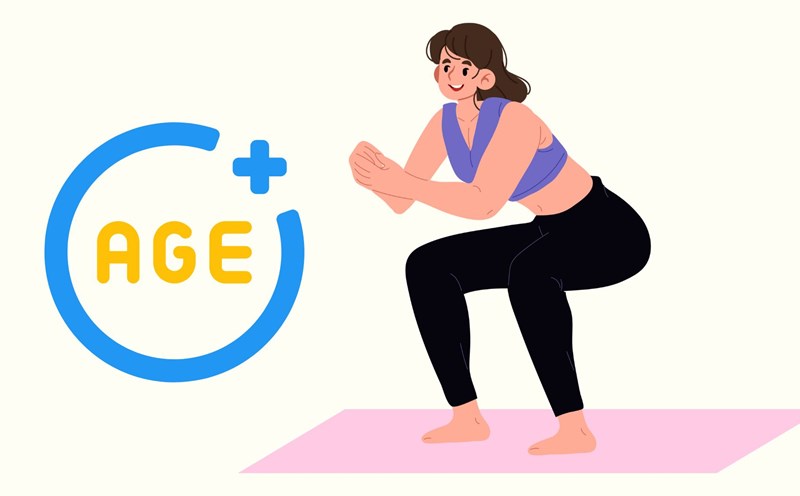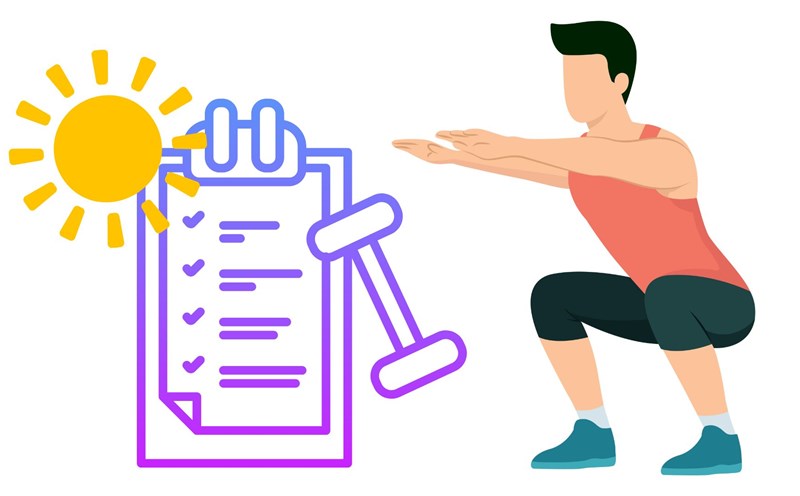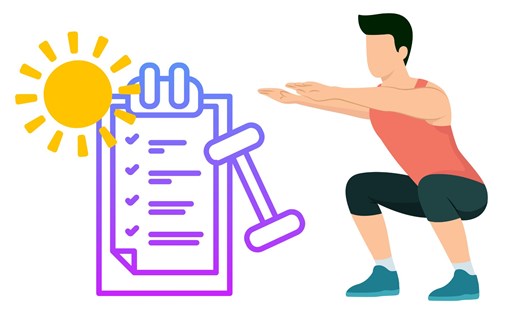In fitness training programs, press exercises such as chest pushing with dumbbells are often popular with many people. However, to develop balanced chest muscles, there are many diverse exercises. Among them, the cable chest fly exercise is highly appreciated for its outstanding advantages:
Maintaining continuous pressure on the chest muscles
One of the most obvious benefits of cable fly is the ability to maintain continuous pressure (tension) on the chest muscles.
When performing cabling exercises, the chest muscles will move constantly, being stretched and pressed the deepest. This constant pressure is an important factor for effective chest muscle development.
Comprehensive development of chest muscles
The chest muscle (Pectoralis Major) is a large muscle group, affecting all 3 parts (upper chest, mid-brief and lower chest) is very important during exercise.
The cable car's pulley system will provide flexibility, allowing practitioners to easily perform exercises for the desired muscle groups.
For example, exercising with a groove in a high position, the force will mainly affect the lower chest muscles. With net exercises in lower positions, the movement of the cable flying from the cross-section up will focus on the upper chest muscles. Children with a groove in the mid-pulley position will help focus on the middle chest.
Increasing range of motion
Compared to other chest push-ups, flying with a cable allows for a safer range of motion (ROM - range of Motion). At the starting point, the practitioner can extend the back of the hand further, creating maximum stretch for the chest muscles without causing danger.
At the end of the movement, the cable system still maintains resistance to help the practitioner tighten and tie the chest muscles in the best way. The practitioner can even cross over to increase the tightness in the inner chest area. This is an important exercise technique to create a "swing" for the chest muscles.
Reduces pressure on shoulder and elbow joints
This is one of the obvious benefits, especially for those who are middle-aged or older or those who have had shoulder injuries.
Effective chest exercises do not mean that having to practice continuously will put heavy pressure on the joints. Cable flying exercises will be performed in a natural bow line, following the motor structure of the shoulder joint.
This significantly reduces the pressure on the shoulder and elbow joints compared to heavy weightlifting exercises, helping to reduce the risk of injury and is suitable for long-term, enduring training.











